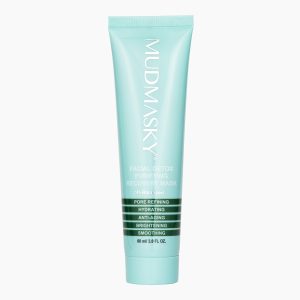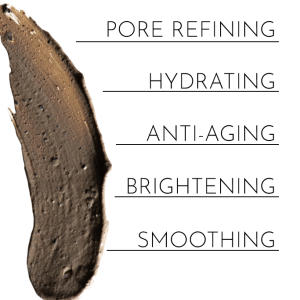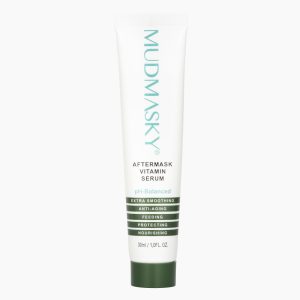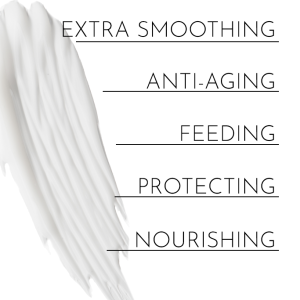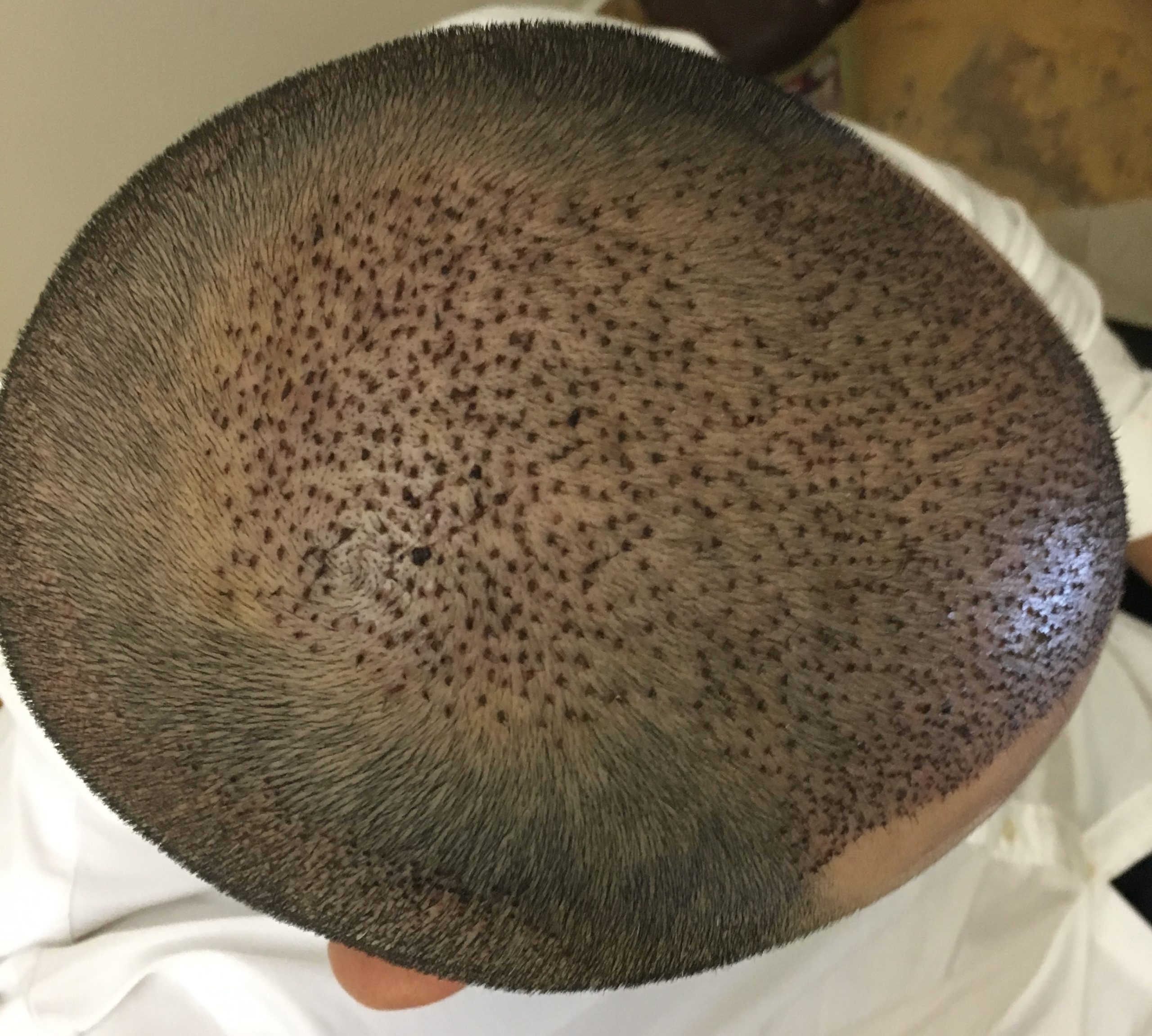A hair transplant is a major step towards restoring hair confidence, but the results depend just as much on what you do after the surgery. Proper scalp care in the weeks and months that follow plays a crucial role in how well the grafts settle and how healthy the new hair grows.
This guide offers a week-by-week overview of how to care for your scalp after a transplant. It also touches on the use of Minoxidil, a commonly discussed hair regrowth product. Always consult with your doctor before using any treatment.
Why scalp care matters after a hair transplant
Your scalp becomes highly sensitive after a transplant. Whether you had a FUE or FUT procedure, your skin is in a healing phase, and the new follicles are adapting.
The most important thing is to support the skin without causing disruption. This means choosing gentle products that are free from harsh ingredients and keeping the scalp hydrated, clean, and in balance.
Week 1: Let the skin recover
In the first week, your focus should be on healing. Avoid washing your hair or applying any products unless instructed otherwise by your clinic.
- Use only sterile saline or the doctor-provided post-operative solution
- Avoid touching or scratching your scalp
- Sleep with your head elevated
- Let scabs fall off naturally
This quiet phase allows the follicles to stabilise and the skin to form a protective layer.
Week 2: Start cleansing gently
If your doctor gives the green light, you can begin washing your scalp. This typically happens around day seven to ten.
Choose a shampoo that is pH-balanced and does not contain sulphates or strong perfumes. One example is the Hair Mask Scalp Treatment and Miracle Shampoo, which combines gentle cleansing with scalp hydration.
Apply it with soft hands, avoid rubbing, and rinse with lukewarm water.
Weeks 3 to 4: Feed and calm the scalp
Once the scabs have fallen off and the shedding phase begins, your scalp may feel dry or tight. This is the ideal time to begin using a light, vitamin-rich serum.
Look for products containing provitamin B5, vitamin C, and vitamin E, which support circulation and help calm the skin.
The Vitamin Infused Scalp Serum is designed for this purpose and can be used daily. Continue washing with the Hair Mask Scalp Treatment and Miracle Shampoo two to three times per week.
Months 2 to 3: Nourish the roots
New hairs will begin to emerge. They may look soft and thin at first. To support strong regrowth, add a deeper weekly treatment.
The Root Feeding Hair Mask was created to nourish the base of each hair and hydrate the scalp without adding heaviness. Use it once per week in addition to your regular shampoo and serum.
Months 4 to 6: Focus on consistency
Hair growth is more visible now. Keep your routine simple and regular.
- Cleanse two to three times per week with your shampoo
- Apply serum to keep the scalp nourished
- Use your root mask weekly to hydrate and strengthen
Consistency is more effective than using many different products.
Months 6 to 12: Maintain long term scalp health
By this point, your transplanted hairs should be growing in more fully. Your scalp should feel normal again. Keep doing what works.
- Cleanse regularly
- Apply serum in the evening or after showering
- Use the mask once a week to maintain hydration
Avoid unnecessary changes to your routine unless advised by your doctor.
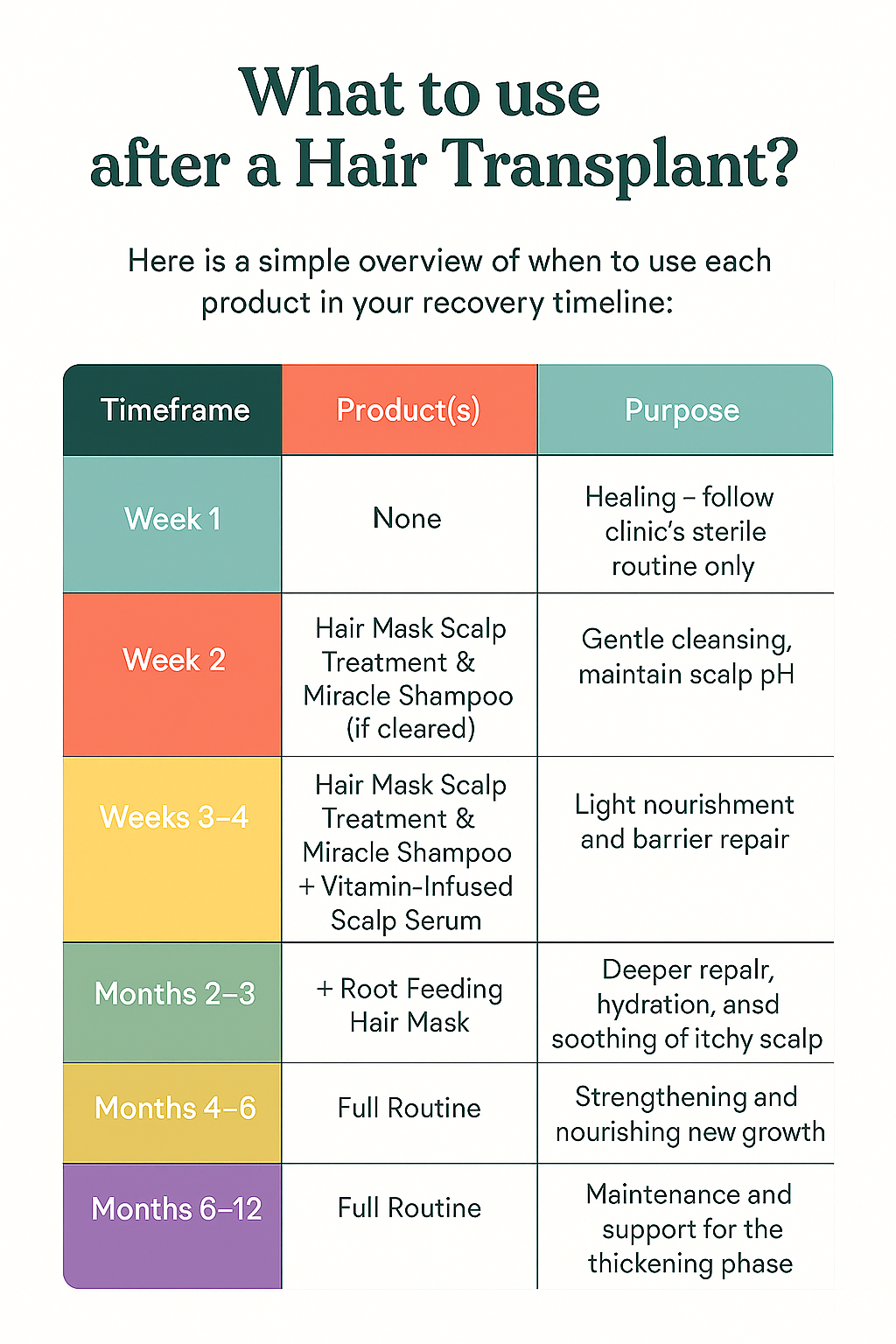
What about Minoxidil?
Minoxidil is a popular hair growth product that can help some people after a transplant. However, it is not suitable for everyone and should never be used without medical approval.
When I would advise leaving it out
You should always consult with your doctor before using Minoxidil. In certain situations, it may not be appropriate.
You may want to avoid Minoxidil if:
Your scalp is sensitive, itchy, or dry
Minoxidil, especially in its liquid form, may worsen irritation and cause flaking or even contact dermatitis. This can interfere with your recovery.
You are happy with your current density and want to avoid unnecessary chemicals
Transplanted hairs are permanent. If you are not experiencing hair loss in surrounding native hair, there may be no need for Minoxidil.
You prefer a natural recovery and maintenance approach
A clean routine using pH-balanced scalp serums, regular cleansing, and proper nutrition can support long term scalp health without using pharmaceutical products.
That said, Minoxidil can be helpful later in recovery for some patients, especially if there is visible thinning in the non-transplanted areas. But timing is critical. Most clinics recommend waiting at least three to six weeks before even considering it.
Final thoughts
Post-transplant recovery is not about doing more, but about doing the right things at the right time. Always start with gentle care, be consistent, and avoid harsh ingredients. Listen to your scalp and follow your doctor’s advice.
Minoxidil may be helpful in certain cases, but it is not essential for everyone. Natural recovery with simple, pH-balanced products and good habits is often more than enough.
If in doubt, speak with your transplant clinic before introducing anything new. Healing comes first. Results will follow.
Full Disclosure
This article is intended for educational purposes only and does not replace professional medical advice. Always consult with your hair transplant surgeon or dermatologist before starting any new product or treatment, including Minoxidil or any topical scalp care. Every recovery journey is unique, and what works for one person may not be suitable for another.
The recommendations in this article are based on general post-transplant care principles, current dermatological insights, and publicly available product information. Mudmasky products are mentioned as examples of gentle, pH-balanced formulations designed for sensitive scalps, but no product should be introduced without first confirming with your doctor that your scalp is ready.
Mudmasky does not claim that its products directly influence hair growth or graft survival. Instead, our formulas are designed to support overall scalp health, hydration, and comfort during the recovery process and beyond.
If you experience any irritation, sensitivity, or unexpected reaction from any product — stop use immediately and consult a qualified medical professional.
